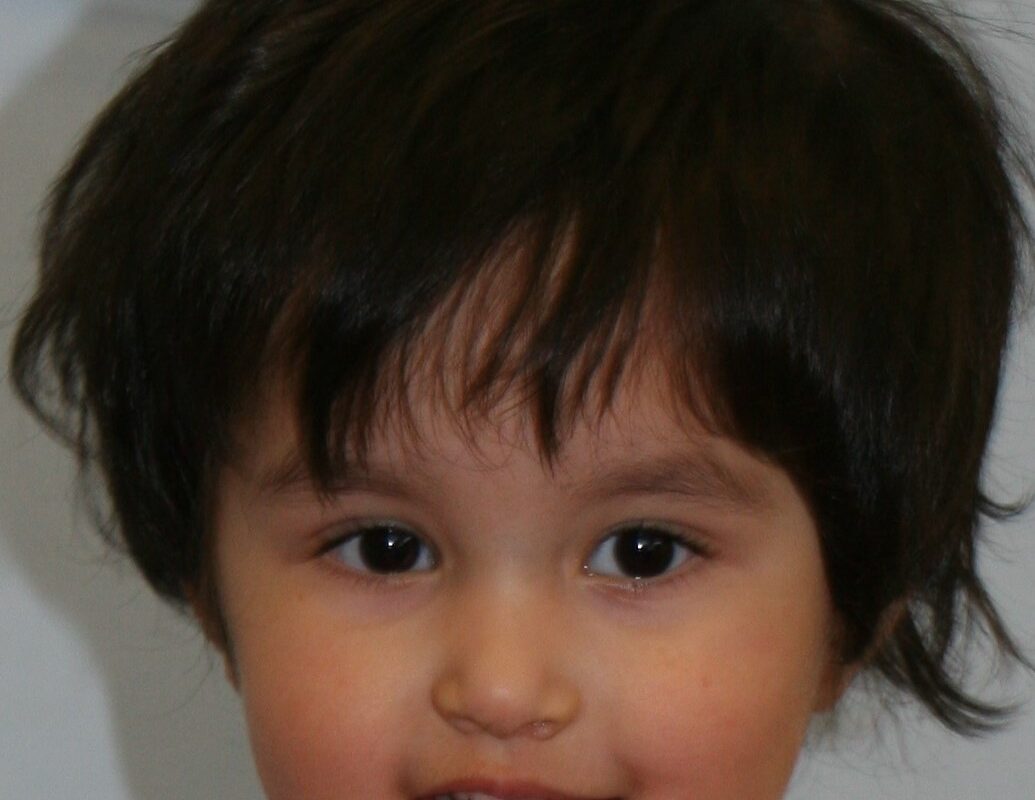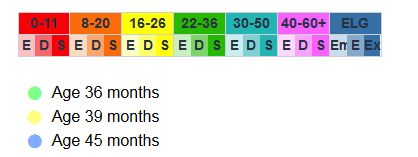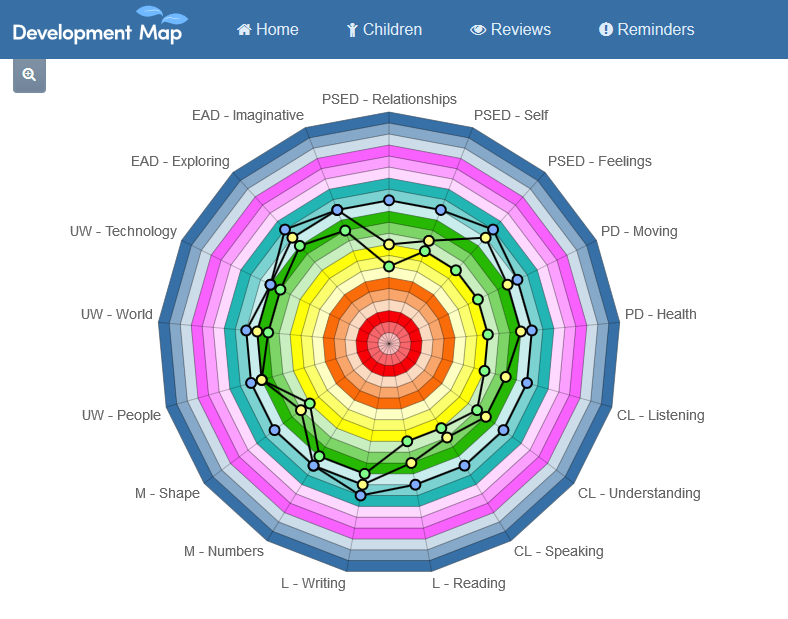
I created the Development Map™ to support good observation and assessment practices as well as to show the ‘story’ of a child’s development and progress. It is a ‘pedagogical tool’ which can be used in everyday practice, by practitioners for assessing children’s learning and progress through the EYFS. It views children’s thinking, learning and growth in a holistic way so that adults can see the ‘whole child’ and understand the complex nature of their development and progress over a period of time.
I hope the following story about Lucy gives you an idea of how the Development Map can change the way we think about assessment and bring practice more in line with child development at the heart of our work with children.
Lucy’s Development Map tells us a great deal about her learning journey and the progress she has made over a period of 9 months when something quite  significant happened in her life. Through her observations of Lucy her key-person had gathered a range of information and knowledge about Lucy’s development and used this to make informed, professional decisions about Lucy using the Development Map Progress Summary Board (see right).
significant happened in her life. Through her observations of Lucy her key-person had gathered a range of information and knowledge about Lucy’s development and used this to make informed, professional decisions about Lucy using the Development Map Progress Summary Board (see right).
The progress summary board enables you to make an informed professional judgement of a child’s progress from their starting point or previous summary. Each age/stage band has 3 possible points to locate the child’s progress – Entering (E), Developing (D) and Secure (S).
Making a professionally informed judgement about progress means referring to many aspects of a child’s development not just a list in Development Matters. Development is much broader and deeper than this, so we need to look at other aspects e.g. Levels of Involvement; speech and language development; the Characteristics of effective learning and much more. The ‘Observation Tool Kit’™ is part of the Development Map and supports this wider understanding of child development
Lucy's Development Map below shows her progress at three different points 36, 39 and 45 months


Lucy, at 36 months old (the green dot) has quite a range of development across the ages and stages bands from Developing 16- 26 for Making Relationships to Secure 22-36 in Numbers, Writing, People and communities and Exploring and using media and materials.
We can see a significant ‘spike’ in her development in PSED at 36 and 39 months particularly in Making Relationships and Self-confidence and self-awareness, whilst she is making better progress in other areas of her development. The story behind Lucy’s ‘spike’ is very common for many children her age; she is getting used to the arrival of her baby sister and has needed a lot of time, support and carefully planned next steps. The nursery team focused on Lucy’s interests in Technology, Numbers and Writing and used this to build her confidence, well-being and language development. By 45 months she was back on track having made 6 steps of progress in 9 months in Making Relationships.
The key-person and nursery team expressed how well they could ‘see’ Lucy as a person in the Development Map
and the holistic nature of her development. This really helped them when they spoke to Lucy’s mum and found out how things were going at home and to plan appropriate, meaningful, small next steps. Being able to make timely, informed and detailed summative assessments meant that they could identify where support was needed as soon as possible.
“Being able to talk about Lucy’s developmental journey using the Development Map was so easy; it made us think about her learning holistically and in the wider context of her home and family. We could see where she needed help and used the things she was doing well at and was interested in to support her next steps”
The Development Map is a pedagogical tool for documenting observations, learning stories, children’s interests, talk, thinking and learning through the following;

A final thought from Nancy Stewart; a skilled teacher, consultant and trainer with nationally recognised expertise in early years development and learning: -
“The summative judgement, however, must be as true as we can make it, and basing it on whether or not a child has matched every statement in an age/stage band is not a valid approach. There may well be statements missing, and statements demonstrated across two or three bands. The best-fit approach answers the problem by acknowledging that although not every child will have moved along in the same way, there is a typical movement. Identifying the band which most closely describes the child, based on what you know and have observed whether or not it has been recorded, will enable you to describe the child’s development in terms of whether or not it is typical for their age in the various areas of the EYFS” (Stewart. N).
For more information about the Development Map please visit www.watchmegrow.uk or email di.chilvers@watchmegrow.uk